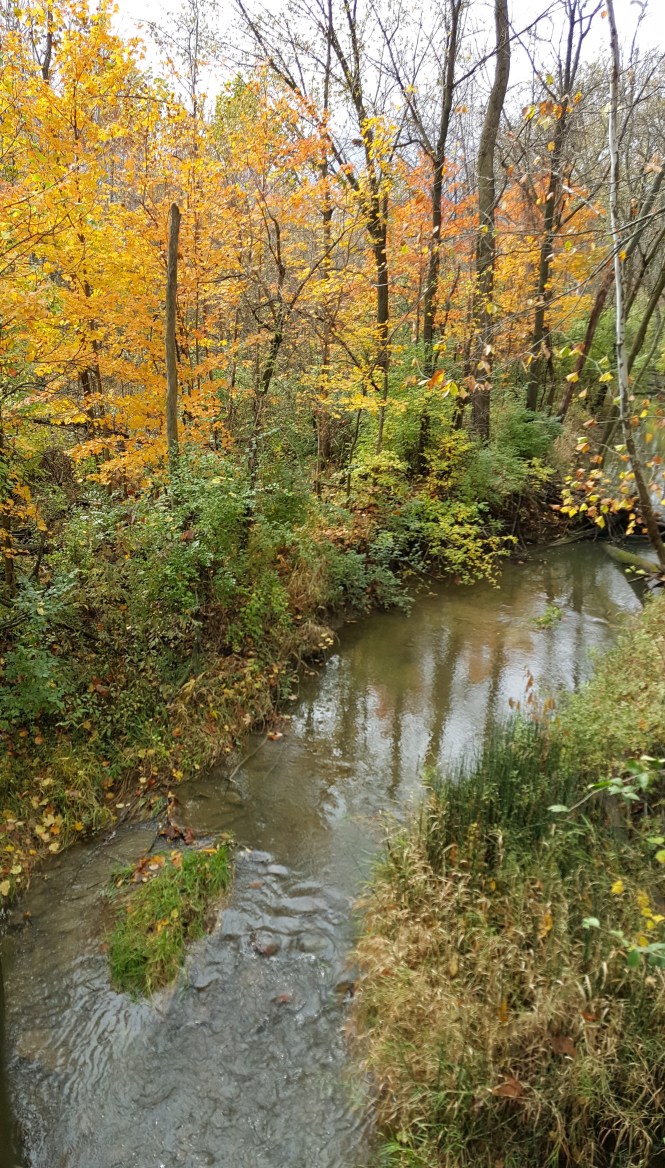There probably isn’t a person big or small that doesn’t like the view of a lush countryside, bubbling brook, or vibrancy of the Fall colors in the Midwest to brighten his or her day. “Natural elements grab and hold our attention in effortless ways, even in urban settings,” and this has a profound beneficial effect on us according to research by Dr. William Sullivan, Professor and Head of the Department of Landscape Architecture at University of Illinois. In his book chapter* entitled, “In Search of a Clear Head,” Dr. Sullivan shares research supporting the premise that:
It is clear that being in or looking onto a green space can improve people’s ability to focus their attention. But is the effect of green space on attention useful to a variety of people under a variety of circumstances? The evidence shows that a wide range of people benefit from exposure to green spaces. Studies have demonstrated links between green spaces and higher performance on attentional tasks in public housing residents, AIDS caregivers, cancer patients, college students, prairie restoration volunteers, and employees of large organizations.
Green spaces help us to recover from mental fatigue, help us make better decisions, and behave with less irritability. Simply put for our homes, work, schools, and communities:
We need nature at every doorstep!
Further, the more senses that are engaged, generally the more stress reduction occurs as well. In one study, students looking out a classroom window onto a natural space had the power to improve test accuracy TENFOLD! So why are we sending students into windowless classrooms? This is something important to think about as we craft study and workspaces at home and in our communities.
So you might ask if these benefits would include an adult playing golf? A child engaged in athletic team sports? “Yes” for the golf although probably more from the exercise than the putting “greens,” and “No” for outdoor sports. Although the playing field may be a green space and it is usually good to be outdoors, the benefits are better during unstructured activities. Better examples would include walking in display gardens (!), growing a few vegetables, viewing natural waterways, and even observing animals in their native habitats. Taking a walk outside is generally a good idea for many reasons yet in another study, only students who walked in an arboretum showed statistically better test scores than ones who walked in the downtown area of their college town.**
To boost the restorative benefits of everyday contact with gardens and green spaces, view and actively engage in those spaces around you. Such is the heart of the Master Gardener program at Cooperative Extension Offices throughout the United States! Trained volunteers engage the public in educational, exploratory, and experiential gardening activities: the fun and heart of what we do as Master Gardeners for persons young and old. A little “dose of nature” is a great low-tech idea for all of us.
Julie, O.T.
Advanced Master Gardener
*Fostering Reasonableness: Supportive Environments for Bringing Out Our Best; Edited by Rachel Kaplan and Avik Basu.
**Based upon William Sullivan’s lecture entitled “Attention Restoration” presented at Gardens that Heal: A Prescription for Wellness; Chicago Botanical Garden, 5.10.17.


You must be logged in to post a comment.